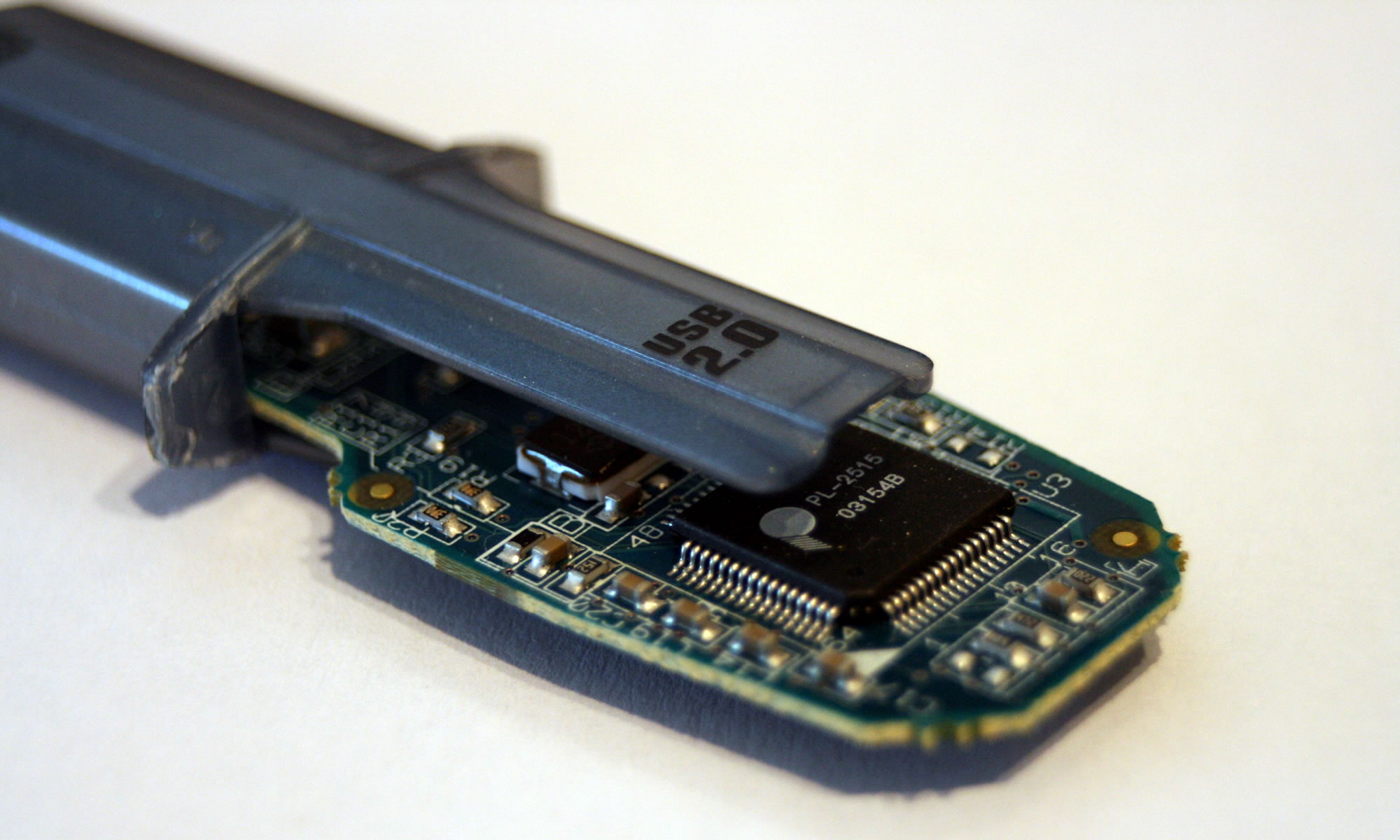
So today there is no more MobileMe.
Yesterday Apple shut down MobileMe and now your only choice is iCloud. There are big differences between iCloud and MobileMe and as a result many of the features that I found useful in MobileMe are now no longer available and won’t be replicated in iCloud.
It has to be said, MobileMe was not one of Apple’s best products and in many ways, compared to their hardware and OS, was plain awful.
When I compare what iDisk was to what Dropbox is, we can see why Apple needed to do a lot more to make MobileMe the service it was advertised to be. Dropbox, for those that use it, is a fantastic service that basically syncs a 2GB folder across your computers and integrates well with iOS apps and devices. Save a file to your Dropbox folder on your desktop Mac, it will then synchronise with the cloud and if your laptop is running, Dropbox will sync and the file will be available on your laptop. For me, with smaller files, I often found Dropbox faster and easier than trying to copy files across the network… that is saying something. On the other hand iDisk was a total waste of time. iDisk was launched in 2000 and was part of the free iTools, this evolved into .Mac and in 2008 became part of MobileMe. My own experience of iDisk was that it was slow, took ages to mount and if you tried to sync with the desktop it only resulted in lots of disk thrashing and unsynchronised files. I always thought it was just me and my slow ADSL connection. When I upgraded to fibre in 2010, with 40Mb down and 10Mb up I was gobsmacked on how slow iDisk was… These speed issues meant to me that iDisk was something I used now and again and wasn’t a service that could be relied on for a daily basis. I remember been initially sceptical of Dropbox, expecting to see similar performance issues to iDisk, so you can imagine my astonishment when using Dropbox, even with large files on how fast it was. More recently I’ve had similar speedy issues with Google Drive.
I did use homepage.mac.com from iDisk for a while as a web server as it was quite convenient for hosting images and videos, even with slow iDisk speeds. Alas with the end of MobileMe that means that server has been shut down!
This has actually caused me an issue with my eLearning Stuff podcast, as I used the rss.me.com server to host the podcast feed XML file. I did this as it gets hammered quite a bit by podcast clients and I wanted to avoid my own server getting this hammering and causing bandwith issues. I will now need to find a new place for the XML file. It’s not too bad in one respect as the main podcast feed actually fed into Feedburner. So that’s one thing I had forgotten about that I now need to fix.
One of the features of .Mac I really liked was that my bookmarks in Safari were not only synchronised across my Macs, but they were also available in the cloud, I could get them online. This was really useful when using a Windows PC. This “feature” was removed when .Mac became MobileMe and that annoyed me. However the synchronising of my bookmarks across my Macs did continue, which was better than nothing. Of course MobileMe as well as synchronising my bookmarks, also synchronised keychains and settings. Though iCloud does bookmarks, it has stopped doing keychains and some other things. I always found this useful when configuring a new Mac. Now I will need to do things differently.
I didn’t make a huge use of the MobileMe galleries, but feel less confident with the iCloud Photo Stream. My setting is “off” in the main as I do take photographs of family with my iPhone and iPad but don’t want them online straight off!
The one that has really put me off iCloud though was going through the upgrade process to Lion on my iMac. In attempting to upgrade to Lion I actually managed to kill the hard drive on the iMac. What I actually think happened was that there was an issue with the hard drive and the Lion upgrade process caused the drive to fail. The end result was, luckily in having Applecare, a replaced hard drive and an iMac running Lion.
As for Back to my Mac, I have never got that to work… but I think it’s probably an issue with my work network. One day I might try again.
Overall I am still not sure about iCloud. I still have to work out how best to use the iWork aspects, I normally use Dropbox for iWork on the Mac, but I quite like Pages and Keynote on the iPad, and it’s here that iCloud may be useful in synchronising files. I have concerns over synchronising, it made a mess up of my bookmarks and I would worry about files in case it did it with that.
So are you using iCloud? Are you happy with it? What am I missing?













